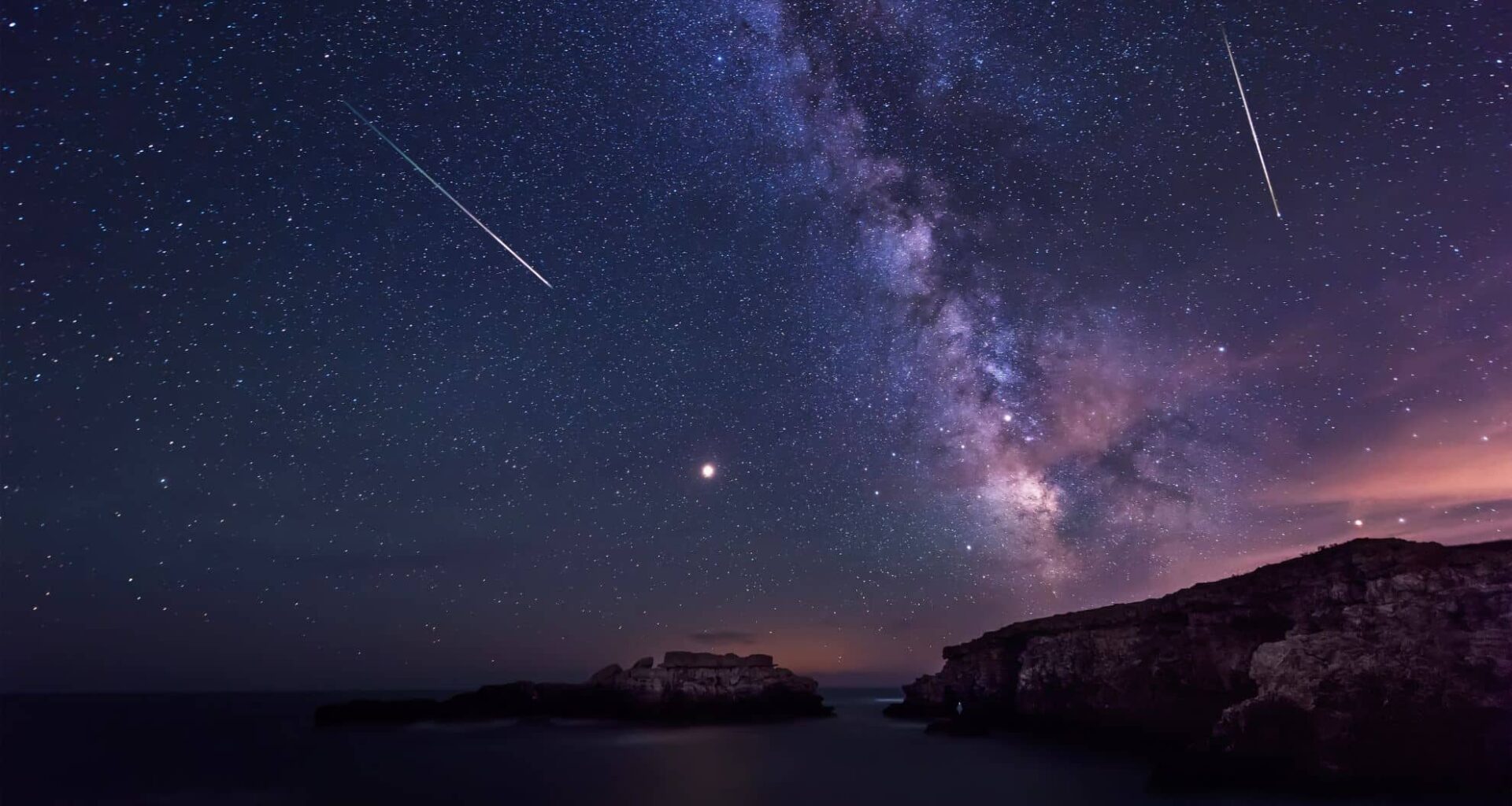This summer, skywatchers across the globe are being treated to a rare and visually stunning display as three meteor showers—the alpha Capricornids, Southern delta Aquariids, and Perseids—converge in activity. With favorable viewing conditions expected through mid-August, the night sky offers multiple chances to spot brilliant shooting stars, making it a prime season for stargazing.
Alpha Capricornids Bring Bright Fireballs
The alpha Capricornids meteor shower may not be known for its intensity, but what it lacks in numbers it makes up for in brightness. At its peak, the shower produces about five meteors per hour under dark, clear skies, according to the American Meteor Society (AMS). Though modest, this display frequently features bright fireballs, making it an eye-catching event for observers in both hemispheres.
This shower originates from comet 169P/NEAT, a celestial body that completes its orbit around the Sun every 4.2 years. As Earth crosses the comet’s dusty trail, debris particles collide with the atmosphere and vaporize, creating glowing streaks that sometimes leave luminous trails behind. The alpha Capricornids will reach their peak overnight from July 29 to 30, and this year, a waning crescent moon just 27% full will offer darker skies, enhancing visibility.
Did you know that three meteor showers will soon grace our skies?
The Perseids, the Alpha Capricornids, and the Delta Aquariids will all converge with shooting stars and the occasional bright fireball on July 30. Head to an area with little light pollution and keep an eye on the… pic.twitter.com/nRvTblOSF2
— Museum of Science (@museumofscience) July 23, 2024
Southern Delta Aquariids Offer Early Morning Views
Best seen from the Southern Hemisphere, the Southern delta Aquariids are more prolific than the alpha Capricornids, generating up to 25 meteors per hour when conditions are ideal. Despite their higher frequency, these meteors are typically fainter and can be more challenging to observe, particularly from northern latitudes.
According to NASA, the optimal time to view this shower is in the early morning hours, when the sky is darkest and the radiant point—the area of the sky where the meteors appear to originate—is higher above the horizon. This shower is believed to come from comet 96P/Machholz, which orbits the Sun every 5.2 years, leaving behind debris that Earth intersects annually.
Perseids ramp up toward an obstructed peak
The Perseids, often hailed as the most reliable and spectacular meteor shower of the year, are currently active and expected to peak from August 12 to 13. In ideal conditions, the Perseids can produce up to 100 meteors per hour, making them one of the most eagerly anticipated astronomical events each summer in the Northern Hemisphere.
This year, though, skywatchers may face disappointment due to an 84% full moon during the peak, which is expected to “severely compromise this shower at the time of maximum activity,” as noted by the AMS. The bright moonlight is likely to reduce visible activity by at least 75%, allowing only the brightest meteors to be seen.
The Perseids are born from comet 109P/Swift-Tuttle, whose wide path leaves a dense debris trail. As Earth moves through this cloud, high-speed particles interact with the atmosphere to create the dazzling spectacle. Despite the lunar interference, even a glimpse of the Perseids can be awe-inspiring, especially under clear skies and in low-light areas.

